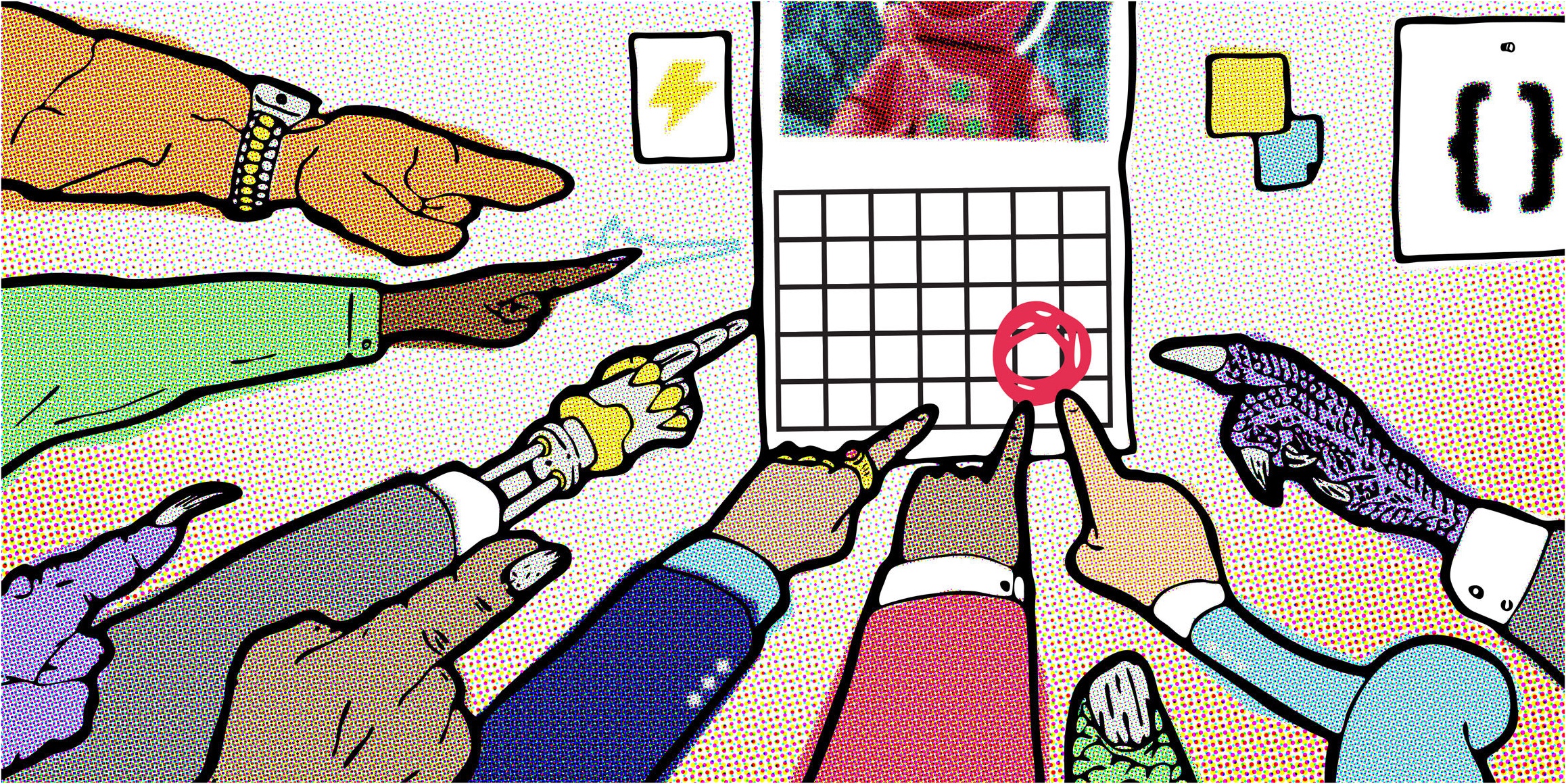Your company's identity carries a number of fundamental truths. From the voice for your content to familiar visual touchstones, your brand forms the foundation of any new campaign. After all, creative work is all about decisions. How can you make key decisions if you don’t know who you are?
But just as importantly, when you are searching for an agency collaborator, you need to understand who they are as well. The fact is, any creative digital agency wants to work – that’s why we’re here. But before that work begins, both parties need to clearly grasp their roles and responsibilities. Otherwise, both sides could wind up frustrated.
Fundamentally, it takes more than seeing an enticing sample from an agency’s portfolio to determine whether you should work together. Collaborating with the wrong agency may eventually deliver a finished project – but will it be an effective solution to your brand's problems? If you’re working with the right partner, you should feel like you’re starting a relationship that’s built on mutual understanding. Otherwise, the results will be as uninspiring and flat as the paperwork that closes any transaction.
The kind of work you need dictates your agency choice
Any agency collaboration begins with the brief, which provides a framework for the work you need to resolve a problem. For some brands, a brief provides a golden opportunity to unload all the details about a prospective campaign and, most importantly, its desired results.
At We The Collective, we’re firm believers that you should take a less-is-more approach to your agency brief. The more space you leave for an agency partner to apply their own processes to resolve your brand’s problem, the more likely you are to find a fresh solution.
The more restrictions you build around your agency’s side of the collaboration, the less room we have to do our best work. A brief that’s overstuffed with details outlining what you want functions more like a laundry list of tasks to complete. If that’s how your brand wants to work on a project, you probably don’t need a creative partner. You need a vendor.
For brands that need a specific kind of work created in a certain medium, vendors and production houses are attractive resources that will accept information and churn out results. Working in that kind of relationship can be satisfying, especially if your brand has rigid, specific requirements—but it’s not for us.

Agency partnerships thrive on transparency
To be successful, every agency-client relationship must be built on trust. From budget conversations to allowing for the occasional creep in scope, the best of these partnerships are built on honesty and a shared set of fundamental values.
Here’s a bit of honesty from us: We operate in a world where trust is very important. As a result, we’re comfortable admitting we’re pretty terrible at taking one-and-done projects for a client. How do you establish a sense of trust with someone you’ve never worked with before?
No question, we apply rigorous research toward getting to know a brand and its problems the first time we work together. But some of the most rewarding work from both a creative and business standpoint comes from pushing toward unexpected ideas. If you aren’t working with an agency frequently enough to learn about one another, you’re limiting the possibilities in your creative work.
The right collaborations play to a creative partner’s strengths
A sure path toward evaluating whether an agency is right for you is recognizing what they do best. Looking to collaborate with a new creative partner because you admire one of their previous campaigns is undeniably flattering to an agency. But it’s only a first step toward understanding whether you and a potential creative partner are right for one another.
Before any engagement begins, an agency will present a statement of work (SOW) that outlines the scope of their contributions to a project. Typically, ours isn’t that complicated and only spans a couple of pages. Though these documents can be routine to review, you need to understand what services are being promised. Not only does an SOW outline what your agency partner will do, it also outlines what they won’t do.
To create their best work, any agency needs the freedom to do what they do best. If your creative partner is spending time doing what your team isn’t good at in addition to their stated responsibilities, the results for both are ultimately going to suffer.
You place the results of your campaign at risk when items fall out of the scope of your agency's responsibilities for the wrong reason. Your agency isn’t breaking with their conventional processes; they’re being asked to provide work they’re simply not suited to create. But the situation can be avoided if both sides of a collaboration fulfills their role in providing all the pieces required to deliver a successful end product.

Compatibility is critical for successful agency partnerships
Any agency partner you choose wants to be in a position to deliver great work. For us, we know that comes down to a level of participation. We perform at our best when we're collaborating with a brand's copywriters, designers, and producers to create a campaign that successfully resolves a problem. As we continue working together, we build a level of trust so those solutions grow more focused and maybe even take your brand in a rewarding direction you didn't expect.
Getting the best work out of your agency comes down to understanding how they like to work and whether that will work for your brand. We’re in this to establish long-term relationships and create surprising and successful projects. If this sounds like the way of collaborating that would work for your brand, let's talk about it.


